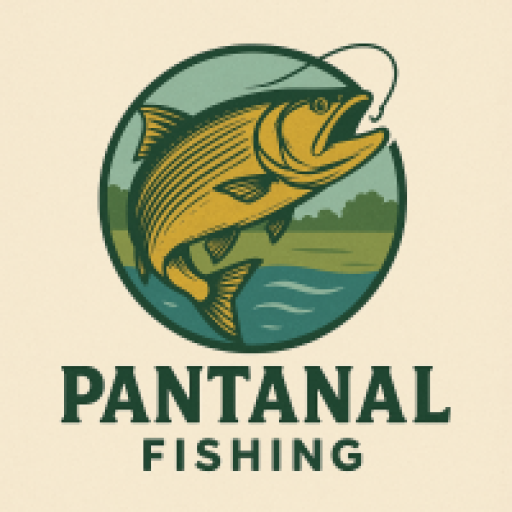The Pantanal is one of the most remote and pristine natural regions in the world — and getting there is part of the adventure. The wetland covers more than 150,000 km² across two Brazilian states, Mato Grosso (MT) in the north and Mato Grosso do Sul (MS) in the south. While traveling takes some planning, access has improved in recent years, with airports, highways, and tour operators ready to help visitors reach their fishing destinations.
Here’s everything you need to know to plan your journey:
Main Gateways – By Air
Campo Grande (CGR) – Capital of Mato Grosso do Sul and the main hub for the southern Pantanal.
- Best access to Rio Miranda, Rio Aquidauana, Rio Negro, and southern lodges.
- Well connected with daily flights from São Paulo, Brasília, and other major Brazilian cities.
Cuiabá (CGB) – Capital of Mato Grosso and the best starting point for the northern Pantanal.
- Access to Rio Cuiabá, Porto Jofre (prime jaguar-spotting area), and northern fishing lodges.
- Regular flights from São Paulo, Brasília, and Belo Horizonte.
Regional Airports
Smaller cities like Corumbá (MS) also have airports, though flight options are limited. These can be convenient if you’re joining a fishing lodge package that includes transfers.
Overland Access – By Road
- From Campo Grande:
- To Miranda/Aquidauana: ~3–4 hours by car.
- To Corumbá (border with Bolivia): ~6–7 hours by car, following the BR-262 highway.
- From Cuiabá:
- To Poconé (gateway to the Transpantaneira road): ~2 hours by car.
- To Porto Jofre (north Pantanal lodges): ~6–7 hours, mostly dirt road, adventure-style.
Note: During the rainy season (Oct–Mar), some roads may become flooded or muddy. Always check conditions and consider a 4×4 vehicle.
By Bus
Long-distance buses connect Campo Grande and Cuiabá with smaller towns like Miranda, Aquidauana, and Corumbá. It’s budget-friendly but slower than private transfers.
River Access
For some remote lodges and fishing spots, the only way to arrive is by boat transfer along the rivers. Many operators arrange this as part of fishing packages, turning the transfer into a scenic wildlife tour.
Guided Transfers
Most fishing lodges and tour operators provide airport pickup + transfer services directly to their facilities. This is often the most convenient option, especially if it includes experienced drivers, boats, or even charter flights for hard-to-reach areas.
Travel Tips
Best Season for Travel: May–September (dry season). Roads are easier to navigate and rivers are clearer.
Piracema Season: October–February is closed for native species fishing — check regulations before booking.
Documents: No special permits are required for entry, but you’ll need a fishing license (easily obtained online or with the help of your lodge/guide).
Transfers: Book in advance, especially during peak fishing months (July–September).
Quick Travel Itineraries
Southern Pantanal Fishing Trip (from Campo Grande):
- Day 1: Fly into Campo Grande, drive 3 hours to Miranda/Aquidauana lodge.
- Day 2–4: Guided fishing trips on Rio Miranda or Rio Aquidauana.
- Day 5: Return to Campo Grande.
Northern Pantanal Fishing Trip (from Cuiabá):
- Day 1: Fly into Cuiabá, drive to Poconé.
- Day 2: Adventure drive along the Transpantaneira, reach Porto Jofre.
- Day 3–5: Fishing expeditions on Rio Cuiabá.
- Day 6: Return to Cuiabá.
